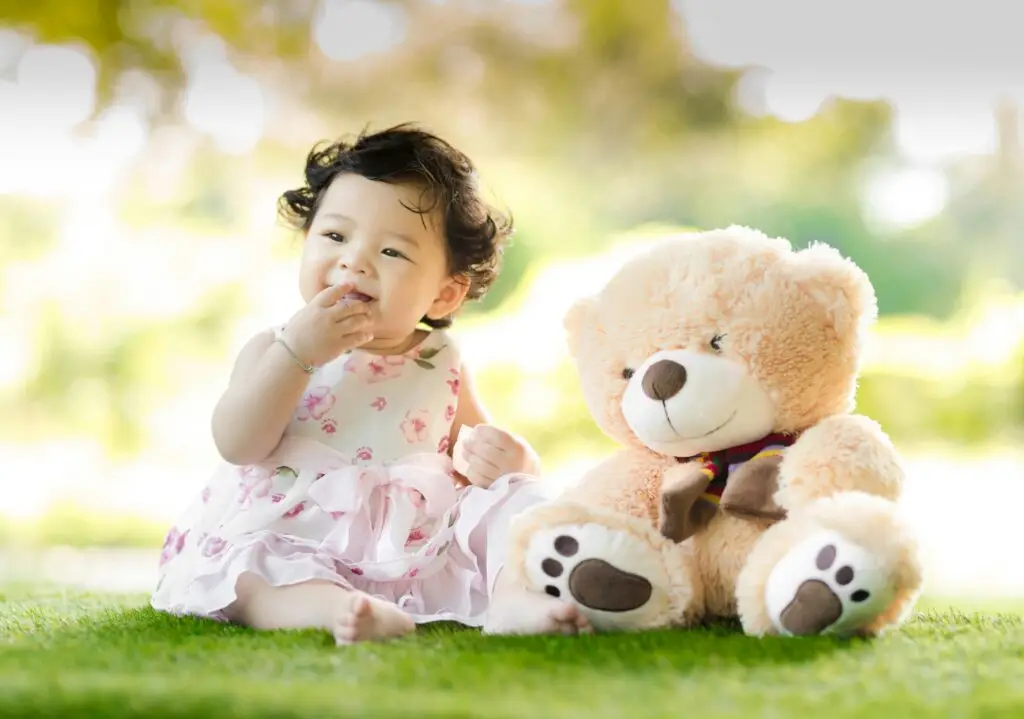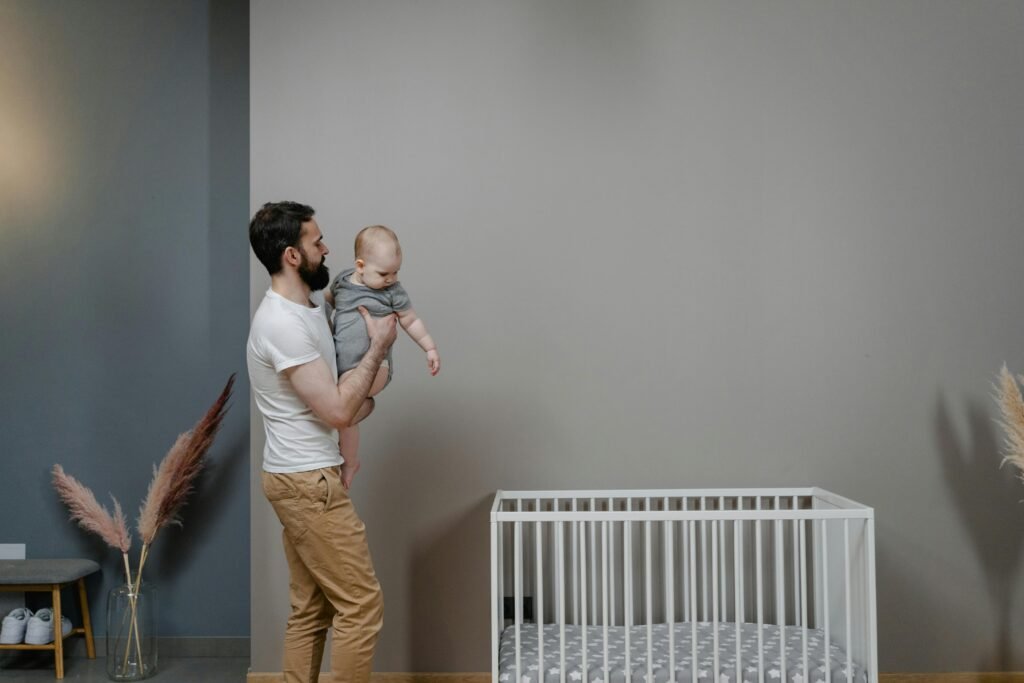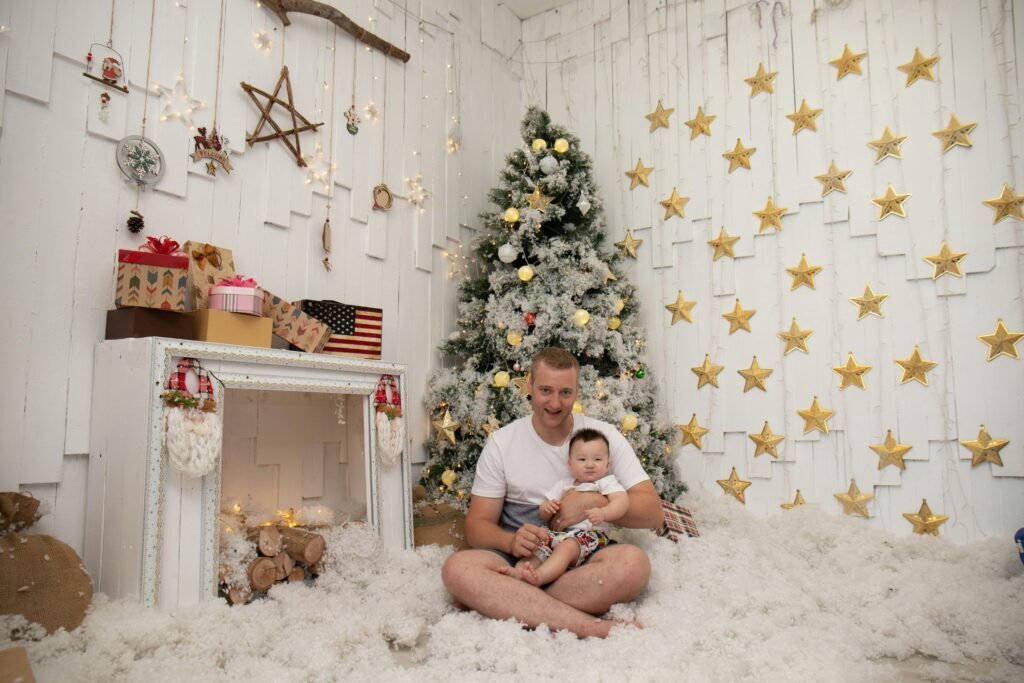Welcoming a new baby into your home is one of life’s most joyous occasions. However, as any experienced parent will tell you, with great joy comes great responsibility. The arrival of a newborn necessitates a thorough transformation of your living space to ensure the utmost safety for your little one. This comprehensive guide will walk you through the essential steps of baby-proofing your home so that you can create a safe and nurturing environment for your child.
Why Baby-Proofing Matters for Every Parent
Creating a secure environment for your newborn isn’t just about peace of mind—it’s a vital part of parenting. Babies are naturally curious and eager to explore their surroundings, often before they’re even ready to walk. A lack of baby-proofing can lead to accidents that are easily preventable. By taking the time to make your home safe, you’re not only protecting your child but also allowing them to explore and learn safely.
Baby-proofing involves more than just adding baby gates or outlet covers. It’s a holistic process that considers every aspect of your home environment. From the nursery to the kitchen, each room requires specific attention to ensure it’s safe for your baby. This guide provides practical tips and insights to help you baby-proof effectively and efficiently.
Starting with the Nursery
The nursery is where your baby will spend a significant amount of their early life, making it a priority for baby-proofing. Ensure the crib meets the latest safety standards—slats should be no more than 2 3/8 inches apart, and there should be no drop-side cribs. Remove any loose bedding, pillows, and toys from the crib to prevent suffocation risks.
Consider installing a baby monitor with video capability. This allows you to watch your little one without disturbing their rest. When arranging furniture, avoid placing the crib near windows, blinds, or cords, which could pose a strangulation hazard. Instead, opt for cordless window coverings or secure cords out of reach.
Keep a close check on the nursery’s temperature and air quality. Use a room thermometer and a humidifier, if necessary, to maintain a comfortable environment for your baby. Additionally, ensure all nursery items, including rugs and curtains, are hypoallergenic and easy to clean.
Securing the Living Room
The living room is a common gathering space for families and needs to be as secure as possible. Start by anchoring large furniture such as bookshelves and televisions to the wall to prevent them from tipping over. Install baby-proof outlet covers on all accessible electrical outlets to keep little fingers safe.
If you have a fireplace, consider investing in a baby-proofing fireplace screen or gate, which acts as a barrier between your baby and the hearth. Keep all remote controls, electronics, and small objects out of reach, as they present choking hazards.
Soft corner cushions can be added to furniture pieces with sharp edges. This simple addition can prevent many bumps and bruises as your baby begins to crawl and explore. Consider using a soft, waterproof sheet for your baby to play on, ensuring spills and accidents are easy to clean up.
Transforming the Kitchen
Kitchens are full of potential hazards, but with careful planning, they can be made significantly safer. Use cabinet baby-proofing magnets to secure drawers and cupboards, preventing access to sharp objects and cleaning supplies. Ensure all hazardous substances are stored up high and out of reach.
Invest in stove knob covers and a stove guard to prevent your child from turning on the burners. Keep knives and other sharp utensils in a locked drawer, and when cooking, use the back burners whenever possible. Always turn pot handles away from the edge to minimize the risk of accidental spills.
Consider installing a baby-proof door handle cover to keep your child from entering the kitchen unsupervised. This small investment can make a big difference in preventing accidents. Also, ensure your dining chairs are sturdy and not easily tipped over by a curious toddler.
Making Bathrooms Safe
Bathrooms can be especially dangerous for infants and toddlers, but with proper precautions, they can be safe environments. Install a lock on the toilet lid and always close bathroom doors when not in use. Consider using a non-slip mat in the tub and on the bathroom floor to prevent slips and falls.
Keep all medications, razors, and cleaning products in a locked cabinet, well out of reach. Attach a soft cover to the faucet to prevent head injuries during bath time. Ensure the water heater is set to a safe temperature—no higher than 120 degrees Fahrenheit—to prevent scalding.
Use a waterproof sheet Newton baby bath cover to protect against water damage and mold. This will make cleaning the bathtub easier and safer for your baby. Regularly inspect all bath toys for signs of mold or damage and replace them as necessary.
Baby-Proofing Doors and Windows
Doors and windows present significant risks that require attention. Use baby-proof door handles and latches to prevent your child from accessing forbidden areas or escaping outside. Install window guards or stops to prevent windows from opening more than a few inches, reducing fall risks.
Ensure all blinds and curtains are free of cords that can cause strangulation. Consider replacing corded blinds with cordless options or securing cords with cleats out of your child’s reach. Regularly check that window screens are secure and can withstand pressure.
Place decals on large glass doors and windows at your baby’s eye level to prevent them from running into the glass. These simple visual markers can prevent many unnecessary injuries as your child learns to move around more independently.
Protecting Your Baby from Electrical Hazards
Electrical hazards are particularly dangerous for curious little ones. Baby-proof outlet covers are essential investments for every accessible outlet in your home. Choose covers that require adult strength to remove and ensure they are installed correctly.
Hide cords from appliances and electronics, using cord shorteners or ties to keep them out of reach. If possible, arrange furniture to block access to cords and outlets. For extension cords, consider using a power strip cover to prevent tampering.
Keep small appliances unplugged when not in use, and store them securely. Items like hair dryers, coffee makers, and toasters should never be left plugged in within reach of children, even when turned off, as they can still pose a risk.
Final Thoughts on Creating a Safe Home Environment
Baby-proofing your home is an ongoing process that adapts as your child grows and changes. By taking proactive steps now, you’re not only ensuring your baby’s safety but also fostering an environment where they can explore and develop with confidence. Remember, a safe home is a happy home.
Make your home a sanctuary for discovery by implementing these baby-proofing essentials today. For more information on products and expert advice, consider reaching out to other parents in your community who can share their experiences and tips. With some careful planning and preparation, you can create a secure and nurturing environment for your little one to thrive in. Happy baby-proofing!
Conclusion
Creating a safe environment for your child is one of the most important responsibilities of a parent. By thoroughly baby-proofing each room and paying attention to potential hazards, you are taking vital steps to safeguard your little one’s well-being. Remember, baby-proofing is not just a one-time task but an ongoing commitment that evolves along with your child’s development. With careful planning and the right preventive measures, you can provide a secure space where your child can explore and grow with peace of mind. As parents, staying informed and sharing insights with other families offers the added benefit of collective wisdom, ensuring a safer world for our children.



